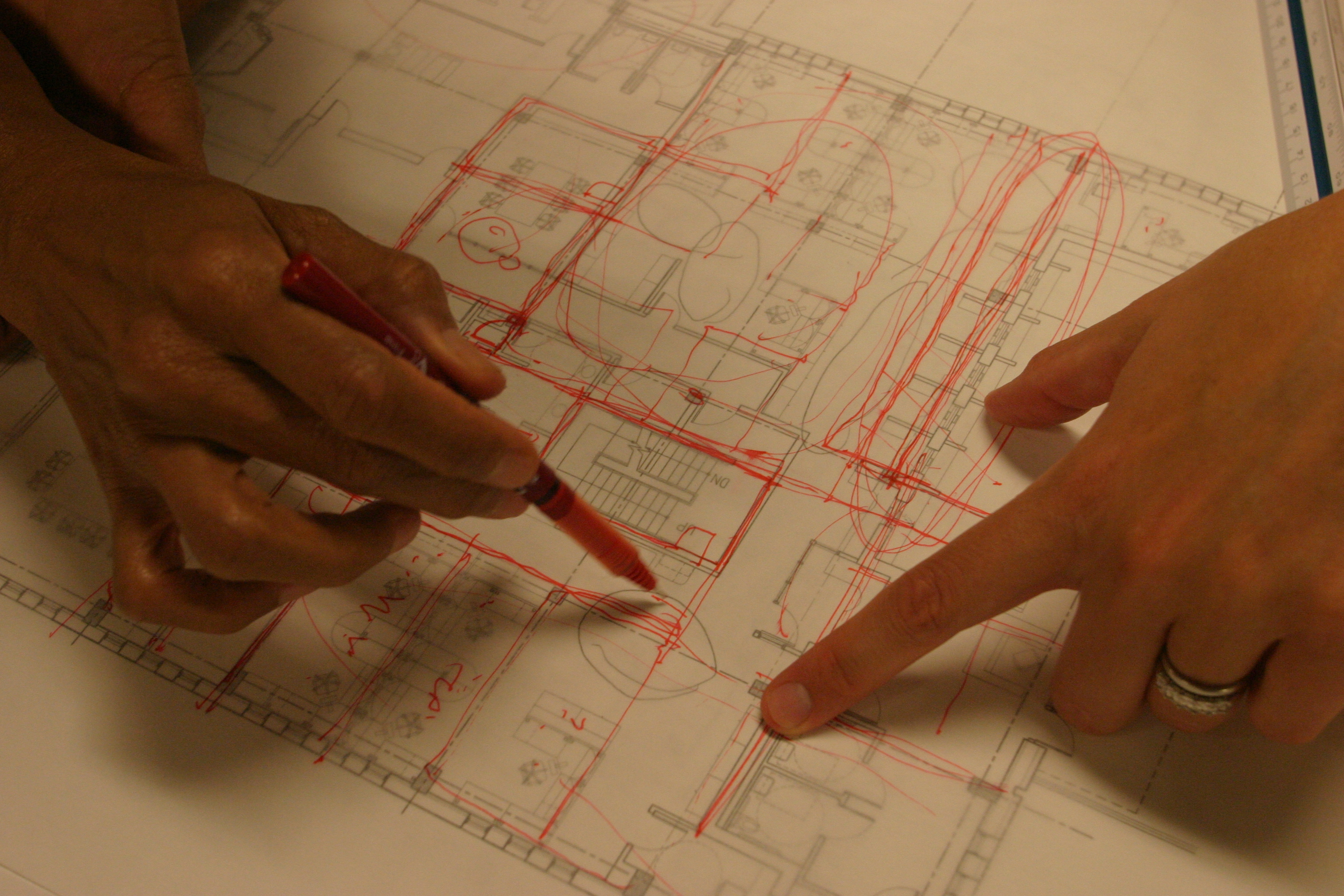by Kenney Payne, AIA
Every three years or so, Virginia goes through a new code change cycle – and the time is nigh when the 2015 USBC edition will go into effect – currently scheduled for Sept. 4, 2018. AIA Virginia was instrumental in shepherding a number of proposed code changes that we authored or supported – that were approved – and a number of proposed changes that we did not support – that were disapproved.
Below is a summary of the more significant code changes that AIA Virginia submitted and were approved
Virginia Construction Code (VCC) which utilizes the International Building Code (IBC) as its model:
- Streamlined provisions related to existing buildings: One section replaces five sections and ALL existing buildings and structures shall start in the VEBC, including R-5 (but the option to use the IBC/IRC remains).
- Small buildings and spaces are now “permitted” to be classified as the main occupancy rather than be required to classify them as a ‘B’: This may help with avoiding mixed occupancies and/or reduce the amount of required plumbing fixtures.
- There’s a new option for addressing higher education laboratories: If you wanted to avoid an ‘H’ occupancy, you were required to utilize “control areas.” However, they were very limiting (especially for higher stories). Now, there is an option to use “lab suites” to achieve a greater number of labs as well as greater quantities on higher stories.
- Roof-supporting structural penetrations are now allowed into stairway and exit passageway enclosures if they meet certain criteria (no more than 2-stories, fully sprinkled, other than Group H).
- Moved all reroofing and roof repairs to the VEBC.
- All one-story buildings are exempt from the NFPA 285 test requirements if the exterior wall covering is noncombustible.
Virginia Existing Building Code (VEBC) which utilizes the International Existing Building Code (IEBC) as its model:
- The entire VEBC was reformatted to accomplish a code that hopefully will be easier to: understand, apply, interpret, review, and enforce. The major changes include:
- Deleted the “compliance methods.”
- Simplified the “work area” definition by deleting the term “reconfigured spaces” and essentially involves walls – removing, moving, or adding – walls would be a work area. We also expanded what is not included in a work area.
- Consolidated a lot of provisions. Did you know “accessibility” was in eight chapters and sixteen sections? It is now in one chapter (new Chapter 4) and four sections.
- We simplified the old Chapter 10 – Change of Occupancy (is now Chapter 7) and allows an alternative to compliance with Chapter 7 – which was the old “Performance Compliance Method.”
- Deleted unenforceable provisions throughout, including those involving: IFC, unsafe or dangerous conditions, and “subject to the approval of the code official.”
- As a result, we deleted three chapters (14 in lieu of 17).
- Any reference to the iCodes in the VEBC mean the iCodes with the Virginia amendments.
- All classifications of work must now be identified on the construction documents (not just the work area) – there is an exception.
- Revised the definition of “Change of occupancy” and “existing building.”
- Consolidated the following into Chapter 3 – which applies to all work (rather than having multiple locations for the same provision): building materials and elements, fire escapes, seismic forces, glass replacement, and new provisions for higher education labs and reroofing.
- All “repair” requirements were consolidated into one chapter (in lieu of three).
- All “alteration” requirements were consolidated into one chapter(in lieu of five). We still have three levels, but rather than each being there own chapter, they are now each their own section.
- An exception was added to the IECC requirements allowing “like” materials and thicknesses when replacing existing materials in the building’s exterior building envelope (e.g., walls and roofs).
- Group R-5 was added to the hazard category tables in the Change of Occupancy chapter.
- All “addition” requirements were consolidated into one chapter (in lieu of three).
- All “historic building” requirements were consolidated into one chapter (in lieu of three).
- All “moved building” requirements were consolidated into one chapter (in lieu of three).
- Remember the VEBC mantras – “incentivize, don’t penalize” and “it is as safe or safer today than it was yesterday.”
Learn more about the entire 2015 VEBC and the 2015 VEBC significant changes at Architecture Exchange East this Nov. 7-9.

